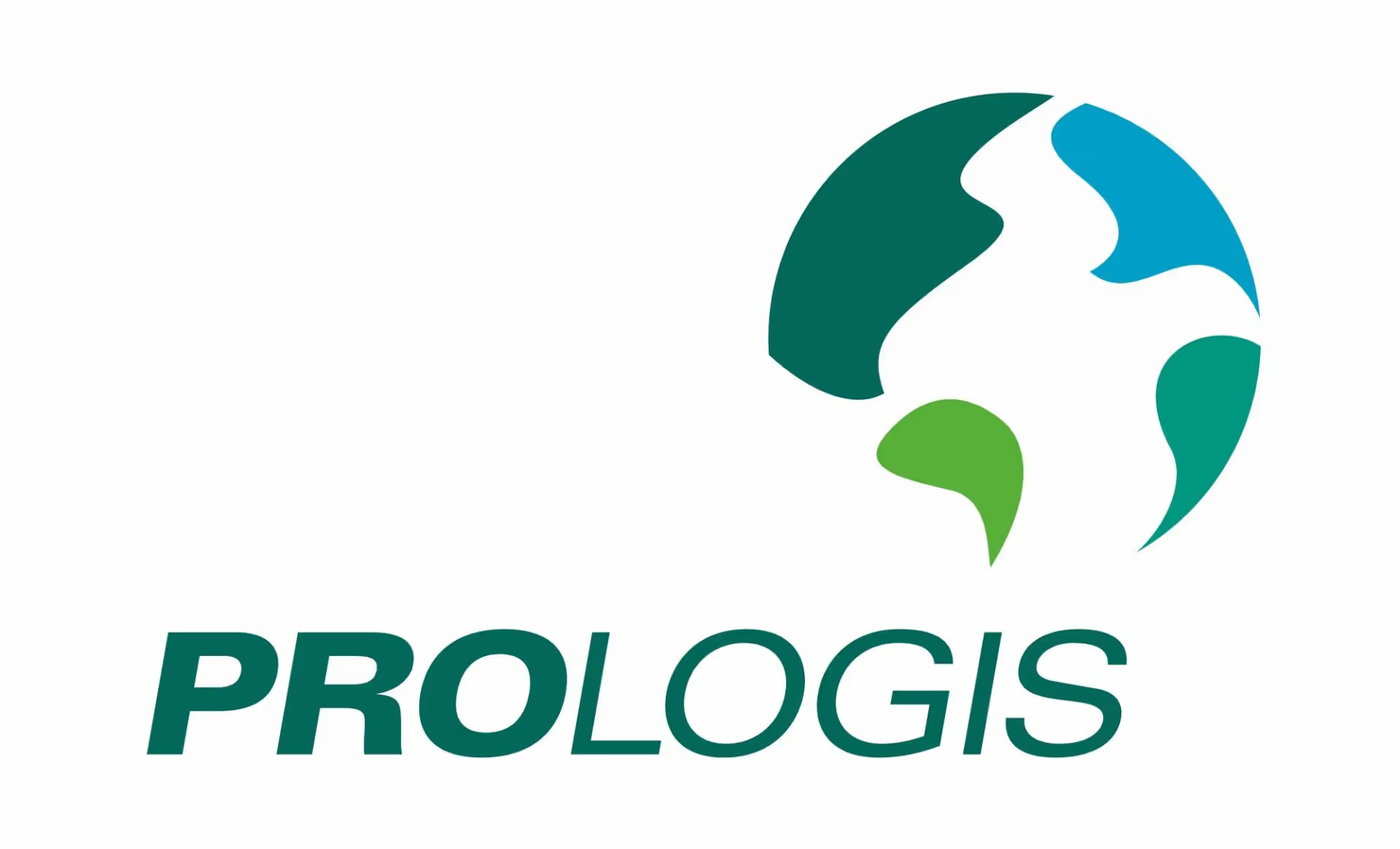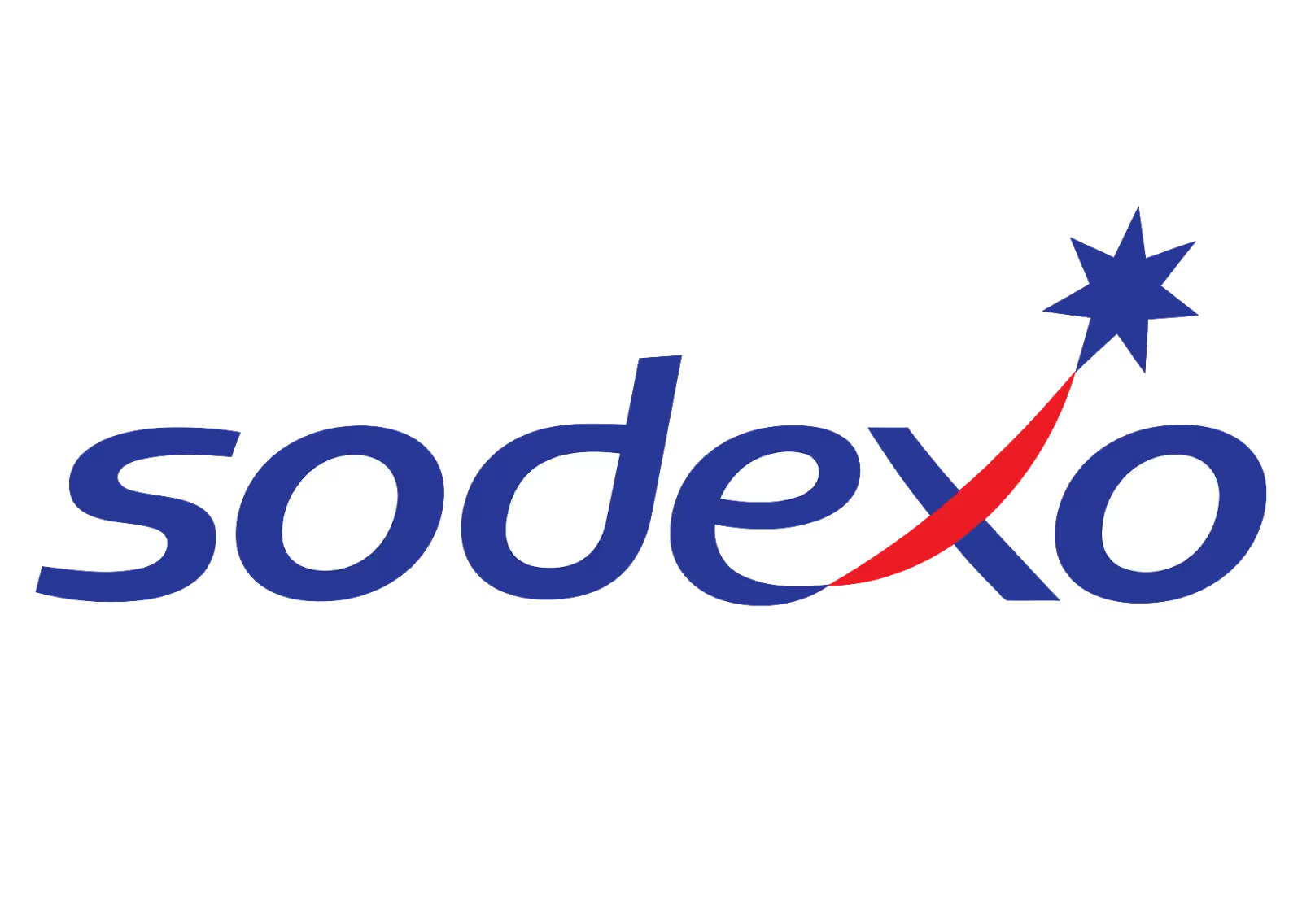Why Facility Managers Must Rethink Workplace Accessibility to Retain & Attract Clients
.avif)
The scope of commercial real estate is changing rapidly, with workspace accessibility now make or break in client attraction and retention. Facility management providers can no longer afford to “just maintain buildings”; the expectation now being that they create a complete workplace experience.
With many businesses reassessing their office/space needs post pandemic, those responsible for maintaining corporate spaces must address the challenges of flexibility, experience driven design and accessibility head on to remain competitive.
What are the key trends reshaping corporate real estate & facilities management?
As client expectations evolve, facilities management providers must stay ahead of the key trends shaping the future of corporate real estate:
Changing workforce dynamics Today’s workforce is rapidly evolving, with greater diversity in age, gender identity and ethnicity; demanding more inclusive workplace designs that cater to varied needs and requirements, including accessibility for those with disabilities (70-80% of which are invisible). Universal accessibility can no longer be seen as just a compliance issue, it has become a moral and strategic imperative. Facility management itself must evolve with the times, rethinking workspace design and policy to create an environment where employees can thrive.
Employee-centric workspaces In this day and age, a workspace should be more than just a desk and a meeting room. There is a growing need for commercial real estate management to create engaging, thoughtfully planned spaces that prioritize wellbeing and efficiency. Accessible layouts and seamless wayfinding to improve navigation for your employees, ergonomic workspaces to reduce workplace fatigue and biophilic design to bring your workforce closer to nature; all invaluable tools for promoting creativity, wellness and productivity. With clients judging office spaces on their ability to drive employee satisfaction, facility managers are coming under pressure to elevate the experience beyond traditional workspace maintenance.
Amenities arms race In 2025, properties offering a diverse array of amenities are projected to experience a 12% higher demand from clients than those offering basic office setups. Many facility managers are now in direct competition to redefine office spaces by incorporating health and wellness facilities, catering/concierge services and outdoor spaces in an effort to drive foot traffic, enhance the client experience and create a space that employees will actually want to commute to.
Digital transformation The future of facility management, like so many other industries, lies in digital transformation or the ability to leverage technology to elevate accessibility, drive efficiencies and stay compliant. Smart, tech powered building systems are transforming accessibility in the workplace; automating lighting, temperature control, and security measures. At the same time, workspace analytics can be used to optimize floor plans using real time occupancy metrics. AI powered wayfinding can further enhance inclusivity, creating seamless navigation for employees with reduced mobility needs. Failing to integrate smart workplace technology will see facilities management providers falling behind as clients opt for more advanced workspaces to enhance efficiency and user experience.
How can facilities managers engage stakeholders in accessibility improvements?
Facilities managers can create meaningful improvements in accessibility by actively engaging stakeholders (new and existing clients) with inclusive communication, feedback loops and interactive collaboration. Gathering input through focus groups and surveys will help to identify key concerns, foster open dialogue and solve problems at their root. Maintaining continuous communication in the project's lifecycle will ensure the continuity of your collaboration, further driving inclusive and effective facilities management improvements.
How can facilities managers measure the effectiveness of their accessibility initiatives?
The effectiveness of an accessibility initiative can be measured through a combination of quantitative and qualitative metrics, and compliance tracking.
Process based metrics; the time spent on accessibility projects, monitoring workplace adjustments and reviewing helpdesk inquiries can provide valuable insights into operational efficiency.
Financial metrics; budgets and total spend, help to quantify your investment in accessibility measures.
Regular feedback from both clients and employees will allow facilities managers to review and assess user experience; with the Accessibility Maturity Model (AMM) helping to benchmark and track performance and improvements over time. Ensuring full compliance against industry standards is another critical measurement, with regular auditing with tools like the ADA checklist for existing facilities helping to maintain regulatory alignment. By integrating measurement strategies, facilities management providers can continuously optimize and refine their accessibility/employee experience efforts and demonstrate tangible progress to stakeholders.
Workplace accessibility can no longer be seen as a secondary consideration; it’s so much more than that. It has become a defining factor in the long term success of commercial real estate. Businesses that thrive in the coming years won’t just be the ones with the best locations, but those that take steps to actively remove barriers to productivity and well being; adding value to their end clients beyond the expected norms. For those within the facilities management sector, this will be a defining moment; the role evolving to cover more than just maintenance and operations.
Shaping environments that drive client loyalty and retention, enhancing the employee experience and future proofing commercial real estate will set new industry standards and solidify commercial properties as essential, in-demand assets. The question now is not whether workplace accessibility matters, it's whether you are prepared to lead the transformation. In the competition for client acquisition, it will be the most inclusive, adaptable and forward thinking spaces winning the day.
We help companies and schools achieve their transportation program goals
Corporate shuttles


Warehouse/Distribution


Schools & Universities


Become a partner


Want to know how we can help you?











.avif)
